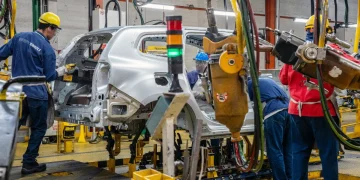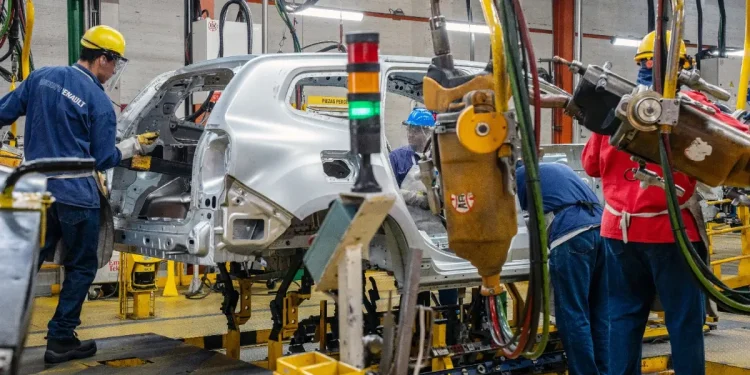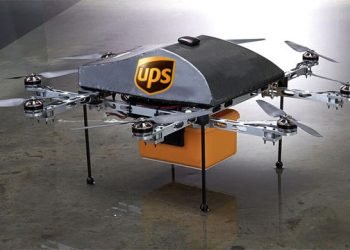By Eva Richardson | The Logistic News
April 16, 2025
In a surprising turn for the U.S. automotive industry, former President Donald Trump is reportedly considering a temporary pause on the 25% tariffs imposed earlier this year on imported vehicles and parts. The move comes amid growing pressure from domestic automakers who warn that the sweeping tariff could disrupt operations, spike vehicle prices, and put American manufacturing jobs at risk.
“A temporary pause is welcome, but what we need is strategic clarity, not policy whiplash,” said Angela Franks, VP of Supply Chain at a major U.S. auto manufacturer.
Uncertainty Behind the Relief
While no official reversal has been announced, sources within the Department of Commerce suggest that exemptions for auto parts containing U.S.-made materials are being explored. This would allow certain components—especially engines, batteries, and drivetrains with U.S. content—to bypass the tariff while the administration reassesses its trade strategy.
Industry lobbyists argue that one-off exemptions or time-limited reprieves do not address the broader complexities of global auto supply chains, which rely on deeply integrated networks spanning Mexico, Canada, Japan, South Korea, and the EU.
Cost of Tariff-Driven Realignment
Since the tariffs were announced in early 2025, several U.S. automakers have already delayed new model launches, shifted procurement strategies, and warned of potential job cuts if sourcing alternatives aren’t found. Analysts say that reengineering a supply chain takes years, not months, particularly for components requiring specialized production and regulatory certifications.
“This isn’t just about switching suppliers—it’s about revalidating entire systems of safety, emissions, and integration,” noted Derek Moss, automotive economist at CargoIQ Analytics.
Even a 90-day pause may not be enough to halt the ripple effects already spreading through OEMs, Tier 1 suppliers, and aftermarket distributors.
Logistics Disruptions Loom
Freight companies and 3PLs have also been caught in the crossfire, with many reporting confusion over customs classifications, delays at ports, and cost increases due to last-minute rerouting of containerized parts. Some have begun advising clients to explore nearshoring strategies in Mexico or Canada, where USMCA agreements may still offer tariff protection—if aligned with evolving content rules.
“One day the tariff’s in. The next day it’s paused. Clients want predictability, not ping-pong policy,” said Emilio Vega, VP of Automotive Freight at TransTrack Logistics.
Conclusion
While a pause in automotive tariffs may offer a brief sigh of relief, the underlying volatility remains. For carmakers and logistics operators alike, the message is clear: prepare for turbulence, hedge for continuity, and lobby for long-term stability. The road ahead may still be bumpy—and filled with political potholes.
Eva Richardson is a senior correspondent at The Logistic News, reporting on automotive logistics, global trade disruptions, and supply chain policy shifts.























